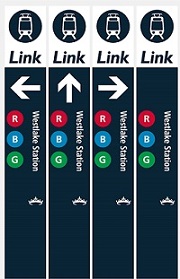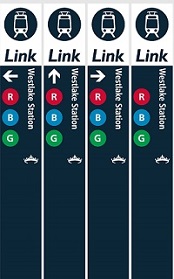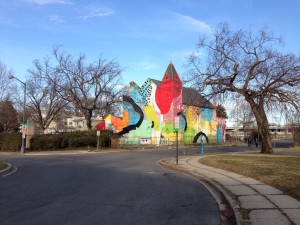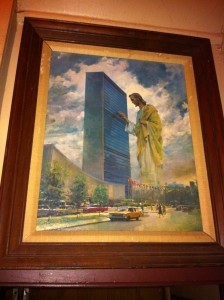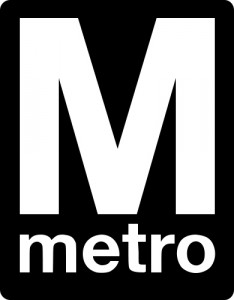I attended my second round of Capitol PechaKucha this past Thursday and, unfortunately, it was another disappointing night. Luckily it's not the speakers that are the problem, but the organizers of the event. They come off as the kind of people who don't pay attention to the details to an astronomical level. They also praised the fact that they have been around since 2007, which is more scary that the details haven't been worked out by this point.
The first problem is they haven't managed the process of checking tickets. The fact that you have to pay $10 to attend seems odd, but it's Washington, so I digress? The ticket people seem like they were just handed a list and hadn't thought of a process to check off people and verify IDs. This may also be a simple problem on my part of showing up way too early. For some reason the time posted isn't the actual start time of the speakers, but an hour of listening to DJ cool play his jams while drinking overpriced (not so cold) beers. It's also sad that there are never enough chairs at the events. The latest event was so bad that there were only about 10 long benches/couches. Good work making everyone uncomfortable!
The last time I attended the event, I was surprised that the hosts pronounced Pecha Kucha incorrectly. I was laughed at in Columbus for not being able to get it right, but thought maybe Columbus and I had learned to pronounce it incorrectly. I was relieved when a speaker, who had been to the one in Japan, took a moment in her presentation last event to correct the hosts. The event on Thursday proved that nothing came of this public correction. They still pronounce it incorrectly.
After all that I wasn't surprised to realize that the projector had not been set up properly, cutting out 1/10 of the bottom of each slide, when compared to the laptop screen. I found this particularly bad with the fashion presentation, where the whole outfit wasn't being projected.
The one thing out of the control of the organizers, but worthy of noting was the audience talked through presentations to a point that presenters couldn't be heard. What is wrong with these people?
I know the PechaKucha system works on a kind of honor system, but I would recommend the PechaKucha committee revoke the current organization association. Washington DC deserves a organization that lives up to great standards that would make the event as fun as the ones I've attended in Columbus and Springfield, Ohio.
Useful Links:
How to pronounce Pecha Kucha: http://www.youtube.com/watch?v=gdghID66kLs

